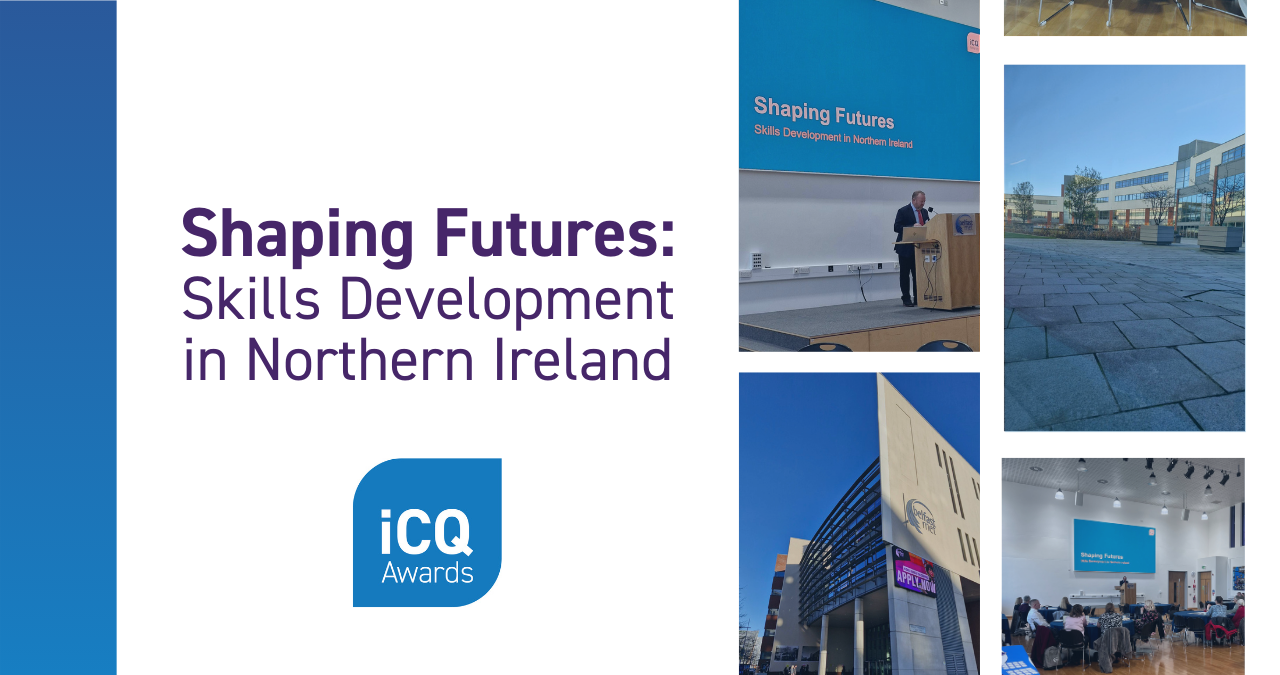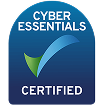Key changes to apprenticeship assessment – funding rules 2025/26

The funding rules for the 2025/26 academic year have now been released. These have provided greater clarity around the Assessment Principles initially published in February 2025. While this update addresses several uncertainties, it is expected that further changes and clarifications will follow as implementation progresses.
English and maths
As part of the initial assessment, the provider must determine – together with the apprentice and employer – whether standalone English and/or maths qualifications will be included in the apprenticeship. For 16-18 learners, providers must supply evidence of achievement at Gateway.
Minimum duration
For new starts from 1 August 2025 the minimum duration of any apprenticeship standard has been reduced to eight months (from 12 months).
However, the apprenticeship standard specification or assessment plan may require this practical period of training to be longer, to support the delivery of the full apprenticeship content.
The End-Point Assessment can only be taken after the minimum duration has been met.
New terminology
To align with the revised approach, the following terminology changes have been introduced:
Apprenticeship Assessment will replace End-Point Assessment (EPA)
Assessment Organisation will replace End-Point Assessment Organisation (EPAO)
Gateway to Completion will replace Gateway
Transitioning to updated assessment plans
During the transition period while assessment plans are being updated, a dual assessment process will operate:
- For apprenticeship standards not yet revised, the existing EPA rules in the current funding rules will apply.
- For revised assessment plans, the updated rules outlined in Annex B of the new funding rules will take precedence.
iCQ are currently working with the Trailblazer groups to reform assessment plans.
Transferring to a new version of a standard
It seems that apprentices may still retain the right to transfer to the new version of a standard when it is updated under the new assessment principles. However:
- Providers must follow the funding rules and update both the Apprenticeship Service and the EPAO.
- Providers should carefully assess whether a transfer could disadvantage the apprentice, especially where significant content or assessment methods differ.
- Adequate time must be allowed for the development of supporting materials (e.g. sample assessments, delivery guides).
- EPAOs are accustomed to managing multiple versions of standards, but providers must ensure records are accurately updated with all parties involved.
Behaviours
As stated in the February Assessment Principles: “Employers are best placed to confirm apprentices are demonstrating the required behaviours.”
Behaviours will no longer require separate assessment by providers or assessment organisations. This likely means:
- Behaviours may be removed entirely from updated assessment plans.
- If included, they will not form part of the formally assessed components.
Engagement of assessment organisations
The new rules require: “The provider must engage an Assessment Organisation at the start of the apprenticeship.”
This means contracts with Assessment Organisations must be in place before an apprentice starts or is recorded on the Individualised Learner Record (ILR).
On-programme assessment
The new principles allow for more flexible assessment timing: “Assessment may include on-programme assessment, such as evaluating a work-based project during the apprenticeship rather than at the end.”
This may allow elements of the assessment to be completed before Gateway to Completion. Additionally:
- Assessment may be undertaken by either the provider or assessment organisation, where appropriate.
- External quality assurance must remain independent; providers cannot assess all elements or quality assure their own delivery.
Where mandatory qualifications are involved, the assessment must include someone occupationally competent and independent of the training.




